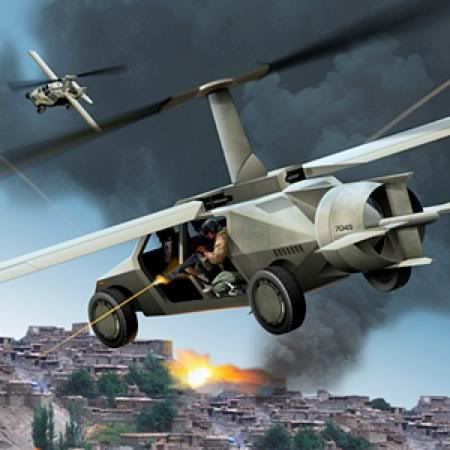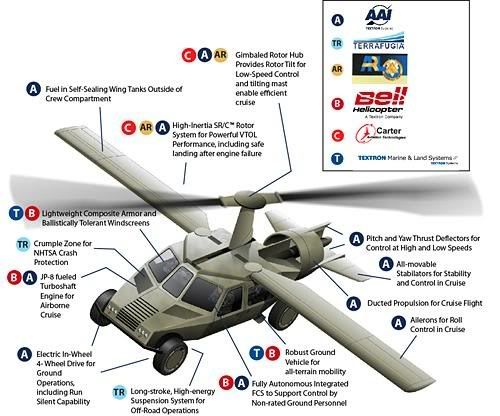
Eurocopter, el líder mundial de los fabricantes de helicópteros en los sectores civil, mantenimiento de la ley, respuesta a emergencias, militar y utilitario, ha registrado un incremento del 35 por ciento en sus operaciones del Sur de África, generado por las inversiones en capacidades de mantenimiento del orden y respuesta a emergencias cívicas.
La filial regional del Grupo, Eurocopter Southern Africa Ltd, presta apoyo en el Sur de África a las bases y flotas de clientes que se encuentran en continua expansión.
"Para el año 2010, Eurocopter Southern Africa espera pedidos por una cuantía aproximada a 460 millones de ZAR (50,4 millones de euros) y una facturación de alrededor de 380 millones de ZAR (41,6 millones de euros). Esta subida del 35 por ciento sobre la cartera de pedidos de 2009 refleja la tendencia actual del mercado, que ha experimentado un aumento en los pedidos y las entregas en el sector servicios públicos", explica el CEO de Eurocopter Southern Africa Ltd, Fabrice Cagnat.
A pesar de la recesión que afectó a la industria aeroespacial y al sector de helicópteros, Eurocopter ha mantenido su posición como fabricante líder, con un 52 por ciento de cuota en el mercado civil y de servicios públicos.
Eurocopter pronostica la recuperación del mercado del Sur de África, conforme a la mejora de la economía mundial y regional. La empresa está bien situada para beneficiarse de la prevista reanimación, gracias a que posee la gama más amplia de modernos y eficientes helicópteros, así como a su pericia para configurarlos a la medida de las necesidades específicas de los clientes.
"La probada idoneidad de nuestros variados productos civiles y militares sitúa a Eurocopter en el primer puesto a la hora de beneficiarse del resurgimiento de los mercados mundial y africano. Mientras que los sectores corporativo y utilitario seguían tendencias a la baja de 2009, la demanda de helicópteros siguió siendo grande en las áreas se servicios públicos, de cumplimiento de la ley, seguridad pública y protección del medio ambiente", añade Cagnat.
En la actualidad, Eurocopter apoya a una flota que opera cerca de 240 helicópteros que vuelan en el Sur de África, en su mayor parte al servicio de fuerzas policiales de la región, organizaciones de rescate médico de emergencia, operaciones VIP y corporativas, así como en misiones utilitarias. Se emplean, por ejemplo, en misiones geosísmicas, de censo de caza e inspección de líneas de alta tensión. Además, un cierto número de helicópteros vuelan también en el mercado turístico y chárter.
La empresa cuenta asimismo con una Academia de Formaciónestablecida recientemente en Lanseria, cerca de Johannesburgo, para continuar el desarrollo de su negocio. El centro imparte cursos de conversión (type rating) y entrenamiento técnico a pilotos y mecánicos de helicóptero de clientes de toda la región. Para satisfacer la creciente demanda de instrucción, Eurocopter Southern Africa dará empleo a un instructor adicional a partir demecánicos.
Eurocopter Southern Africa, que continua ofreciendo apoyo técnico a los clientes de la región, envió el año pasado técnicos a más de 80 misiones. "Las superiores prestaciones de nuestros helicópteros y su fácil mantenimiento hacen de ellos la primera opción para duras misiones, que llevan a cabo con frecuencia lejos de su base. Asumimos el compromiso de prestar apoyo a estos helicópteros y, para cumplirlo, nuestros equipos técnicos tienen que trabajar en los aparatos en ciertas zonas remotas de difícil acceso, tales como las selvas de la República del Congo", dice Cagnat.
"Nuestras inversiones ponen de manifiesto la dedicación y el compromiso de Eurocopter Southern Africa a la hora de ofrecer servicios de primera categoría a los clientes del Sur de África y,enfatizan, nuestro compromiso a largo plazo en la región", añade.
Eurocopter organiza en Ciudad del Cabo el 2º Seminario sobre Mantenimiento del Orden desde el Aire, coincidiendo con la exposición bienal Africa Aerospace & Defence, que se celebra esta semana en dicha capital. En ella, Eurocopter presenta su gama de helicópteros ligeros y medios. Asimismo se exhibe el sistema de arma autónomo SAWS (Stand Alone Weapon System) desarrollado por la empresa conjunta Eurocopter-ATE. Visite Eurocopter en el Hangar 5, "stand" 5/ N16.
Read more...





_latestReleased_demon_image7_900_OversizeJPGLarge.jpg)
_latestReleased_demon_image2_800_OversizeJPGLarge.jpg)
_latestReleased_demon_image3_800_OversizeJPGLarge.jpg)
_latestReleased_demon_image4_800_OversizeJPGLarge.jpg)
_latestReleased_demon_image5_800_OversizeJPGLarge.jpg)
_latestReleased_demon_image6_900_OversizeJPGLarge.jpg)
_latestReleased_demon_image1_800_OversizeJPGLarge.jpg)



















